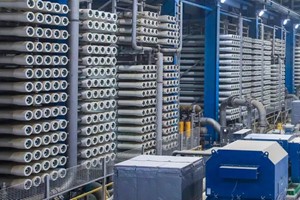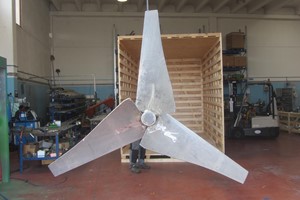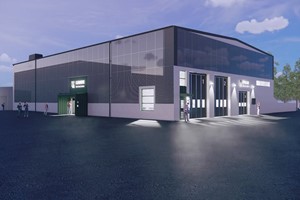A recent study published in Applied Microbiology and Biotechnology explores the potential of integrating microalgae, specifically green algae, and heterotrophic microorganisms like yeast to enhance wastewater treatment efficiency. The research addresses the growing challenge of eutrophication caused by nutrient-rich wastewater, which has detrimental effects on aquatic ecosystems. By identifying optimal combinations of microorganisms for improved carbon, nitrogen, and phosphorus removal, this study presents a promising, sustainable approach to environmental protection.
The Challenge of Eutrophication and Wastewater Contamination
Human activities, both industrial and domestic, generate large quantities of wastewater containing carbon, nitrogen, and phosphorus. These pollutants contribute significantly to eutrophication, a process where excess nutrients enrich water bodies, leading to harmful algal blooms, oxygen depletion, and overall ecosystem degradation. Effectively removing these nutrients is crucial to mitigating eutrophication and ensuring the health of aquatic environments.
Evolution of Wastewater Treatment
Wastewater treatment has advanced significantly over the past century, with biological, chemical, and physical methods developed to address pollution. Traditional approaches, such as the activated sludge process, are energy-intensive and often inefficient in removing nitrogen and phosphorus. These methods can account for up to 80% of the operational costs due to their high energy demands for aeration. Consequently, there is a pressing need for more cost-effective and energy-efficient alternatives.
Recent innovations suggest that integrating green algae into wastewater treatment could offer a solution. Green algae use sunlight to carry out photosynthesis, which reduces the need for aeration while also absorbing nutrients like nitrogen and phosphorus. This approach not only improves nutrient removal but also allows for biomass recovery, which can be repurposed for biofuels and other applications.
Exploring the Role of Microalgae and Yeast in Wastewater Treatment
This study aimed to identify the most effective combinations of green algae and heterotrophic microorganisms for enhanced wastewater treatment. The researchers tested three species of microalgae—Chlamydomonas reinhardtii, Chlorella vulgaris, and Arthrospira platensis—alongside five types of heterotrophic microorganisms, including different strains of Saccharomyces cerevisiae and Bacillus species. Artificial wastewater was used to simulate varying nutrient concentrations, and microalgae and yeast were pre-cultured to ensure they were in the mid-exponential growth phase before being introduced into the treatment system.
The treatment process was conducted under controlled light intensity and temperature conditions, allowing the researchers to systematically evaluate nutrient removal efficiency. The study also employed transcriptome analysis to investigate gene expression changes in the microorganisms, shedding light on the molecular mechanisms that may contribute to improved wastewater treatment.
Key Findings and Insights
The study revealed that combining C. reinhardtii and S. cerevisiae yielded the best results in removing total organic carbon (TOC), phosphate (PO₄³⁻), and ammonium (NH₄⁺). Specifically, C. reinhardtii and S. cerevisiae achieved an impressive TOC removal rate of 82%, phosphate removal of 93%, and ammonium removal of 71%. These results suggest that the synergistic interactions between the algae and yeast enhanced nutrient uptake capabilities.
Transcriptome analysis revealed significant insights into the genetic mechanisms behind the improved performance. In C. reinhardtii, 1,371 genes showed changes in expression, while 692 genes in S. cerevisiae were affected. Notably, genes related to nutrient transport were upregulated in the algae, indicating that co-cultivation improved nitrogen and phosphorus uptake. On the other hand, genes linked to photosynthesis were downregulated, suggesting that the yeast may have reduced the algae’s photosynthetic activity without compromising their nutrient removal efficiency.
These findings underscore the potential of co-cultivation systems, where the complex interactions between autotrophic green algae and heterotrophic yeast can enhance nutrient removal, offering a promising alternative to traditional wastewater treatment methods.
Potential Applications and Benefits
The research holds substantial promise for the development of sustainable wastewater treatment technologies. By leveraging the natural capabilities of green algae and yeast, this approach offers an energy-efficient and cost-effective alternative to conventional treatment methods, which are often less effective in removing nitrogen and phosphorus. The demonstrated high removal rates suggest that similar systems could be applied to treat various types of wastewater, including agricultural runoff and industrial effluents.
Moreover, the biomass produced in these systems presents opportunities for resource recovery. This biomass could be utilized in bioenergy production, animal feed, or fertilizer, contributing to a circular economy by reusing resources and reducing waste.
By Muhammad Osama














